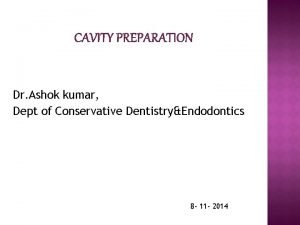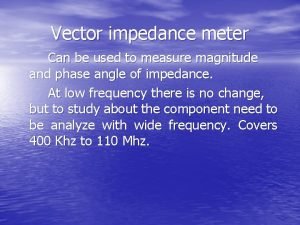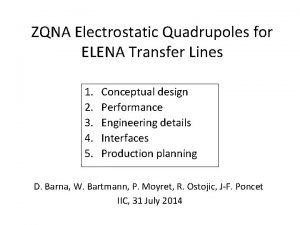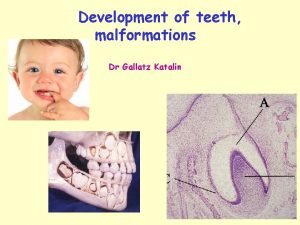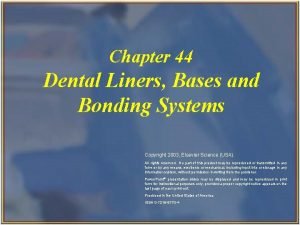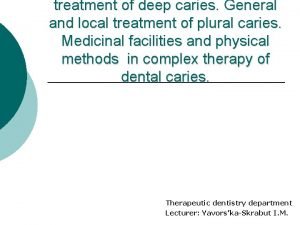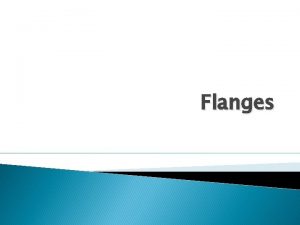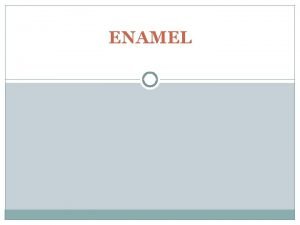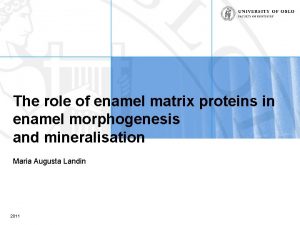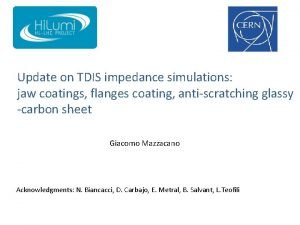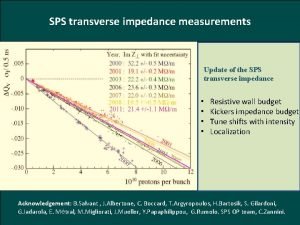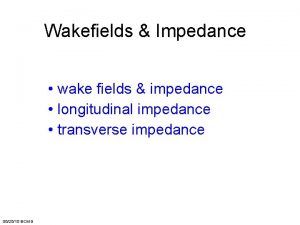Update on impedance of enamel flanges in SPS











- Slides: 11

Update on impedance of enamel flanges in SPS B. Salvant and V. Vaccaro for the ICE impedance team 12/05/2011 Many thanks to E. Shaposhnikova and M. Jimenez

Context • 2 flanges coated by a small layer of isolating material (enamel+vetronite) at each side of each BPM. • Geometry is not trivial and small layers are hard to simulate with 3 D codes • Theory of impedance of inserts has been recently implemented by Shobuda et al (HB 2010).

geometry Many warnings in CST due to mesh cells filled with PEC

Simpler geometry for a hexahedral mesh square flange

Comparison between square and round (real longitudinal)

Low frequency peak? • More details in the talk with V. Vaccaro tomorrow at the impedance meeting With longer bunch: wake looks like the charge and discharge of a capacitor: physical?

First tests indicate that peak at low frequency is proportional to the capacitance of the insert

Transverse impedance (for 5 mm displacement) Peaks at about 200 MHz For all 436 flanges. Not accounting for the beta functions Z(low freq)~ 0. 3/0. 005*436 ~26 k. Ohm/m

Summary • Difficult simulations, should be crosschecked with ABCI and Shobuda’s formula. • What isolation is really in the machine (thickness? EM properties? Ageing? ) However: • Small transverse single bunch effects expected (as bunch length is small). • Longitudinal effects and resonances at ~200 MHz to be followed up. • These isolating inserts should be much more detrimental to machines with longer bunches


 Dovetail shape in cavity preparation
Dovetail shape in cavity preparation Vector impedance meter determine impedance in
Vector impedance meter determine impedance in Recovery techniques based on immediate update
Recovery techniques based on immediate update Lubrication of wheel flanges
Lubrication of wheel flanges Rotating flanges
Rotating flanges Wilson countersink flanges
Wilson countersink flanges Cementogenesis
Cementogenesis Hatchet in dentistry
Hatchet in dentistry Enamel rods in gingival third of primary teeth
Enamel rods in gingival third of primary teeth Enamel organ
Enamel organ Base and liner in dentistry
Base and liner in dentistry Bonded amalgam restoration slideshare
Bonded amalgam restoration slideshare
